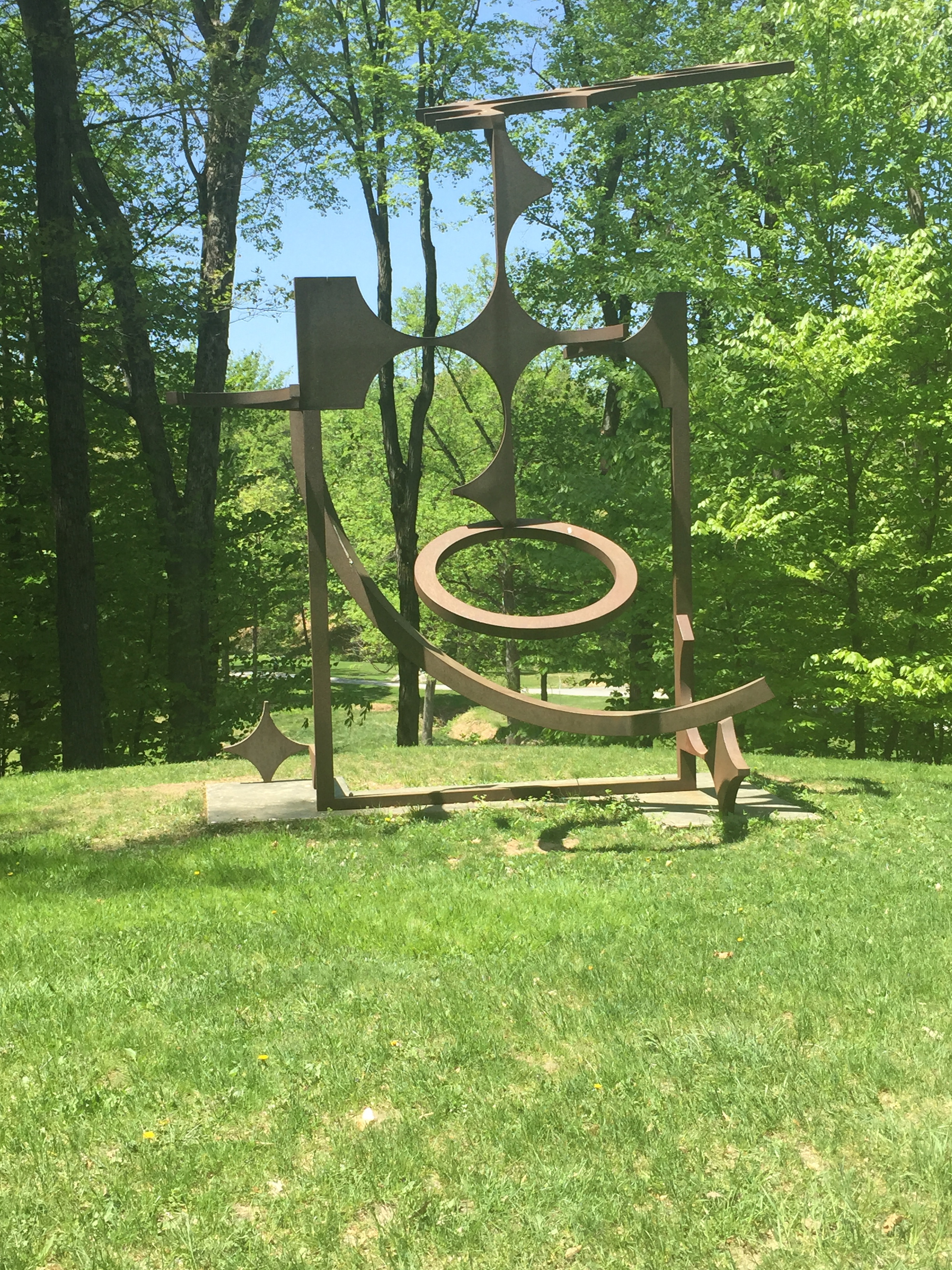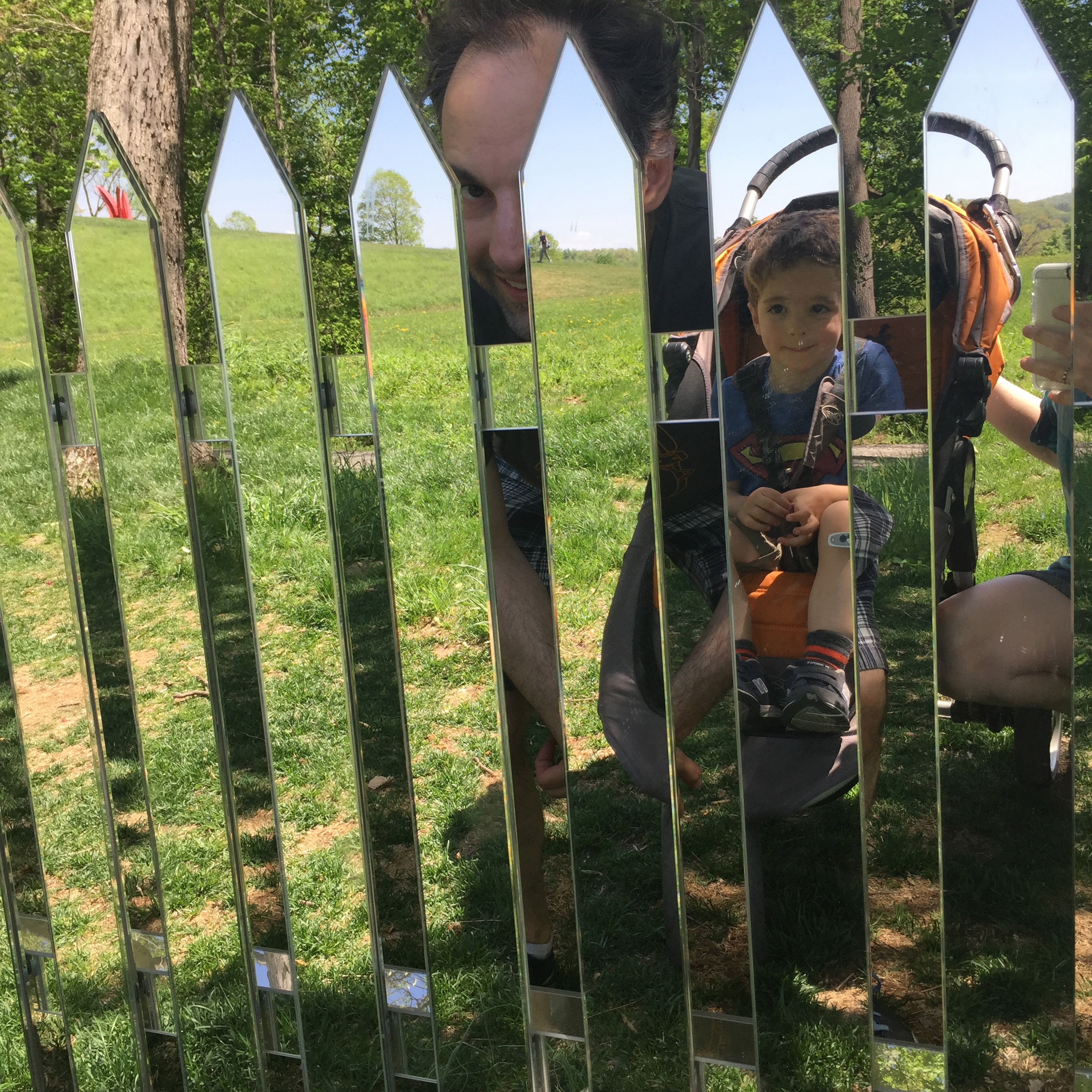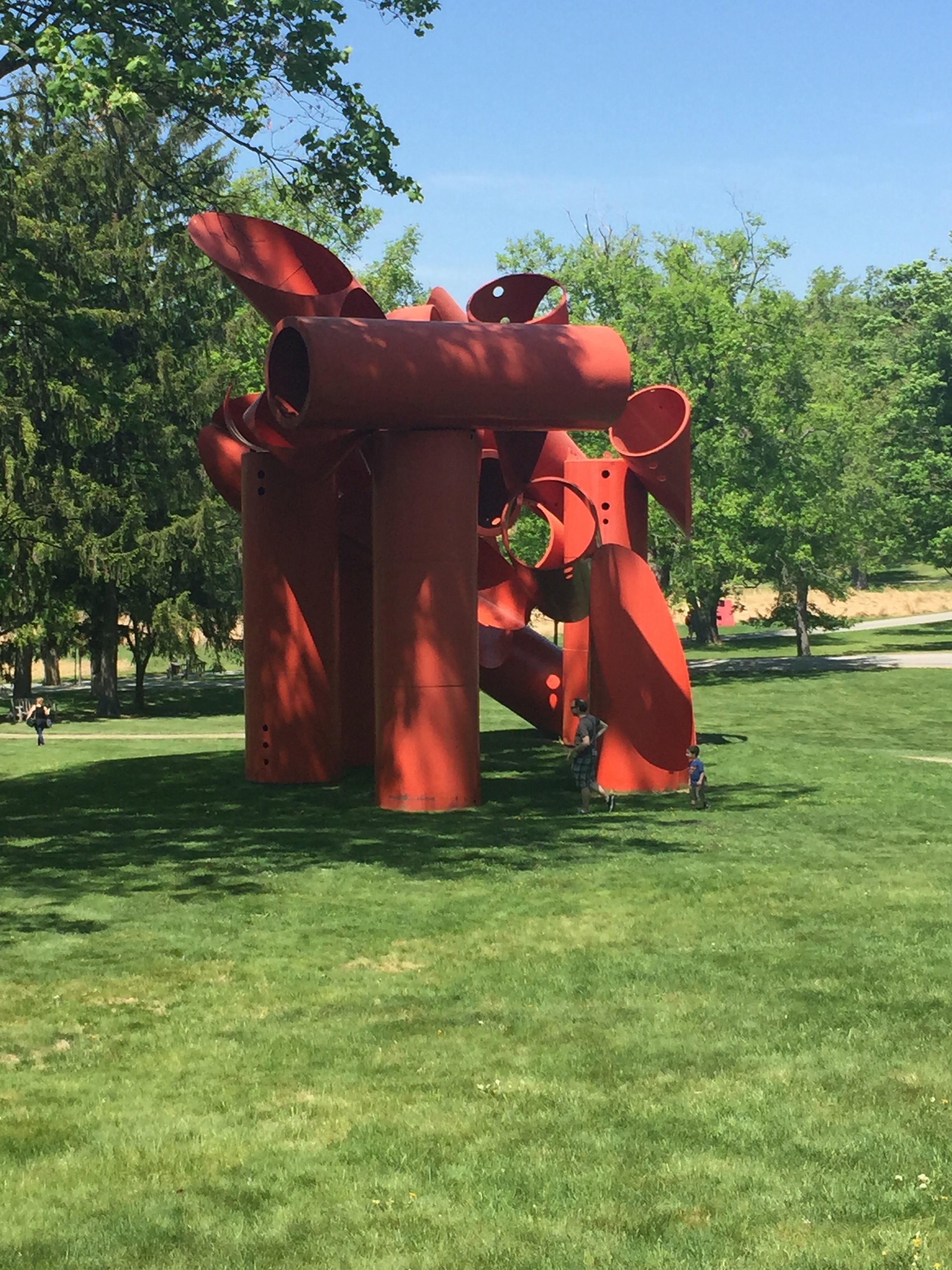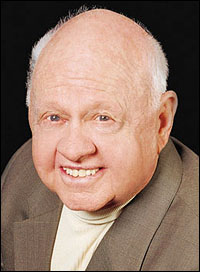My kiddo - who is 3.25 years old - has loved stories pretty much forever. He loves to be read to and he loves to be told made-up stories. I noticed a while ago that, if we were making up a story for him, he had a pretty high tolerance for a story much longer than the average picture book.
We dipped our toe in with The Invention of Hugo Cabret which alternates a few pages of plain text with many pages of text-free illustration. Later, over the course of a couple of low-energy sick days, we plowed through Peter Pan. So we continued.
Mixing longer books in with the picture books kept me from getting really sick of reading and re-reading the same five-minute story over and over again. Longer stories have also been great as a way to enjoy some quiet time after a big day at camp or on the playground, and they keep us all entertained on longer car rides or the occasional flight. There's also something nice about having more entertainment in a smaller, lighter volume given all the other stuff we're inevitably schlepping around.
Early on, we had some hits and some misses. The Wizard of Oz was great . . . except for that scary chapter where she sends her pack of wolves to attack Dorothy and friends (yikes!). The Enormous Crocodile was a pretty big (if slightly intense) hit which got me excited for more Roald Dahl, but The Magic Finger which focuses on characters who hunt ducks introduced a slew of concepts we weren't necessarily excited to discuss and Esio Trot was too much about spelling or romance (or both). James and the Giant Peach seemed like it would be a good idea, 'till I started to read it and realized that James' parents are killed by an escaped rhino in the first two pages. Duh, mom.
But, with the help of the wonderful people at our favorite local book store, Bank Street Books, we've really hit our stride this Summer. These books all hit the sweet spot of being a great story, but with mostly accessible vocabulary for a younger kiddo, a picture on every page or two, and content that doesn't venture too far beyond their years. And they're fun to read as an adult.
Charlie and the Chocolate Factory by Roald Dahl. I'm a lifelong fan of Dahl, but most of his books are too edgy for our kiddo right now. Not so Charlie and the Chocolate Factory which we borrowed from the library and read all the way through at least four or five times before returning it a couple of weeks later.
My Father's Dragon by Ruth Stiles Gannett. This is a trilogy, although I happen to like the first book the best. Each is about 70 pages long with a picture on every other page or so. They are stories of a young, kindhearted and very independent little boy going on an adventure to find and rescue a captive baby dragon and the adventures that ensue.
Mercy Watson series by Kate DiCamillo. There are six books in the Mercy Watson series beginning with Mercy Watson to the Rescue, about the (mis)adventures of a toast-loving pig named Mercy, her owners Mr. & Mrs. Watson and their neighbors on Deckawoo Drive. All the books are lushly illustrated in full color by Chris Van Dusen. The books feel old-fashioned and wholesome though they are contemporary. The characters are a bunch of delightful oddballs.
Bink & Gollie by Kate Di Camillo & Alison McGhee. We discovered Bink & Gollie through the Mercy Watson books. There are currently three books in this series about a pair of best friends who love roller-skating, pancakes and each other most of all. These books feel a bit like the Elephant & Piggie books for the next age group up and they're the shortest books on this list.
The Magic Treehouse by Mary Pope Osborne. This is a fun series because it involves time travel and magic. The first book in the series - Dinosaurs Before Dark - was an instant favorite. A word of caution, though, as other books in the series dip in and out of being little-kiddo appropriate. A book set during the Civil War, for example, (which I never should have agreed to read, so that's on me) prompted a discussion of war in general, and an explanation of slavery - it was just a lot for a 3 year old. So these are recommended but not without some parental vetting.
The Boxcar Children by Gertrude Chandler Warner. Because the first book is about kids who are alone in the world, fending for themselves, we skipped it and went right on to Book Two: Surprise Island which is delightful old-fashioned. Four siblings are allowed a summer largely to themselves on their wealthy grandfather's private island where they gather and prepare their own food, craft their own museum, and discover American Indian artifacts. These books are probably the biggest wild-card of the group and, like the Magic Treehouse books, should probably be vetted on an individual basis for appropriateness, but the kiddo and I are well into the Woodshed Mystery (#7) and having a great time with it.
What are you reading with the kiddos in your life this summer? Leave a comment!



















 I worked with Mickey Rooney, who died this past week, when I was a little girl. I remember doing not-much-at-all in one scene of something-or-other and being totally confused about which guy Mickey Rooney even was for most of the time, but I remember that it was a BIG deal to the adults in my family. Mickey Rooney was a big deal and rightly so. He was also the rare individual who managed to start acting as a kid and sustain that career into (and, in his case, through) his adulthood.
I worked with Mickey Rooney, who died this past week, when I was a little girl. I remember doing not-much-at-all in one scene of something-or-other and being totally confused about which guy Mickey Rooney even was for most of the time, but I remember that it was a BIG deal to the adults in my family. Mickey Rooney was a big deal and rightly so. He was also the rare individual who managed to start acting as a kid and sustain that career into (and, in his case, through) his adulthood.

